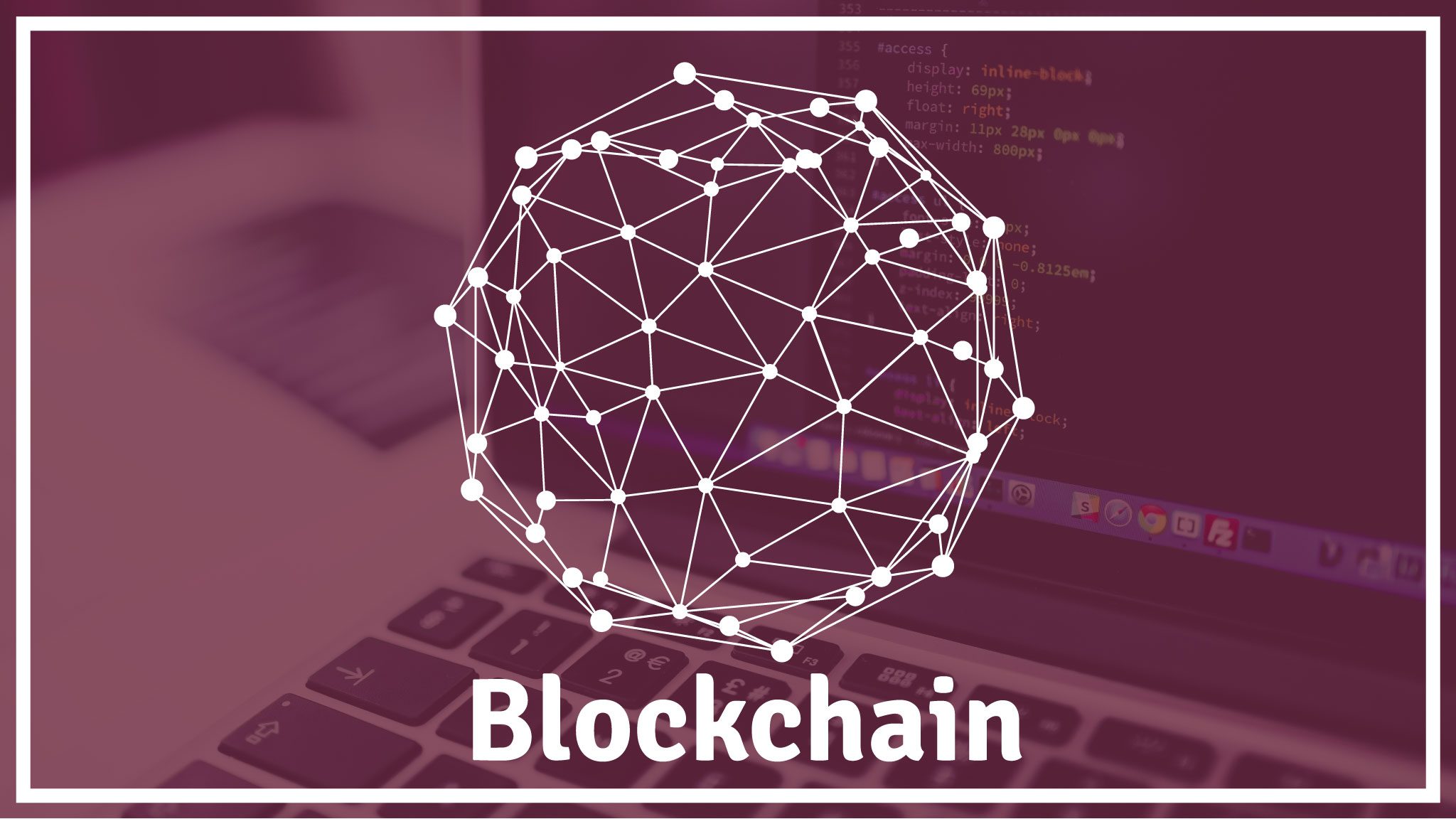- 14 April, 2017
- Posted by: toshendra
- Category: Blockchain

There are a lot of talks about Blockchain in the market. You might have heard that it is related to Bitcoin but how exactly it is related? You have no clue. Let me explain the Blockchain in a common human language and help you relate it to your real life scenarios or objects.
Let’s start with very basic. The blockchain is nothing but a data structure (arrangement of textual data) available on hundreds of thousands of computers all over the world. The data structure can be anything which holds the data in some structured way. It can be your excel sheet, MySQL table, your book, etc.
If you can imagine distributing a master excel sheet to thousands of computers at the same time and let all the machines sync with each other to keep that master excel sheet always updated then you understood the Blockchain already.
Here is the explanation of Blockchain using some standard keywords:
- It’s a decentralized database which stores information in the form of transactions
- It can be public (owned by thousands of people) or private (eg. owned by Corporation)
- Stored data is Immutable (Data once recorded can not be changed)
- Highly secure (Because owned my multiple computers)
- Data gets recorded via consensus-based algorithms
- Uses cryptography (for verifying the data & sender)
- Generally, exist over peer-to-peer network
Here is our definition:
“Blockchain is a consensus-based secure decentralized public database which stores information immutably over peer-to-peer network”
Real Life analogy?
 (source: bitsonblocks.net)
(source: bitsonblocks.net)
Let’s relate Blockchain with a real life example through which you can easily understand it. Consider a book’s PDF file which is nothing but a chain of pages. Here PDF is the Blockchain and a page is the Block. Each page/block has some lines of text which are nothing but the transactions. So each block has multiple transactions inside it just like a page has the textual lines. Just like a page can not have more than a certain number of lines in it, a Block can not have more than a certain number of transactions inside it.
I hope everything is clear up to this point. Now imagine if we remove a page from the PDF file, can we catch the missing page? Your answer would be yes because we have the page number on each page and if someone removes a page we can detect it easily. Well, that’s a valid point and perfectly right.
But can you catch the alteration of the page text with page numbers?? The answer is big NO. But Blockchain has sorted out this very smartly. In blockchain, not just a block deletion can be identified but even a single bit of change in any one the block in the chain can be caught very easily. But how?

Just imagine, if we somehow manage to crunch the entire current page’s content into a unique string and append it to the previous page’s signature along with a random number then crunch this new string again and call it the current page’s signature. I am sure you might have lost it in between, so let’s look at this below formula to understand it.
As you can see above, if you do this to every block/page and then you alter even a single character of any page, anyone can detect that change by calculating the page signatures of the blockchain serially. If the calculated page signature matches with mentioned page signature then block has not been altered but if the page signature is not matched then it means the content of the page has been altered. By altering the page content of page number n all the signatures followed by this page will also become invalid because all the pages are connected to the content & signature of the previous page directly or indirectly.
Data stored in Blockchain is highly secure & immutable. In short, it means it is very very difficult as well as expensive to forge or modify a transaction and it is extremely easy to detect the inconsistency & forged data/transaction/stored information.
The above real life analogy is just a basic example because there are hundreds of other things as well to consider while understanding the blockchain.
You can also virtually imagine it as a long list of memory blocks connected to each other sequentially in a very very knit manner. Where these blocks are stored redundantly in multiple computers spread all over the world making it highly available & fast. Everything in those memory blocks is stored as a transaction.
Those transactions are confirmed by the participating computers through some consensus algorithms making it highly difficult to forge, delete or modify the transactions. Though transactions are visible to every connected computer but yet no one can trace that who are the parties associated with those transactions. Until unless those parties declare it by themselves.
Bitcoin is the application of Blockchain Technology and can be considered as build on top of Blockchain Technology. Just like Google is built on top of Internet, Facebook is built on top of Internet bitcoin & other cryptocurrencies like Ethereum, Dash, Litecoin all are built on top of Blockchain.
Here is the summary:
- It is a decentralized distributed ledge (data structure) where data is being stored inside blocks in form of transactions.
- It removes the dependency on the trusted third party for recording the data in Blocks because of everybody does it together by coordinating with each other.
- In public Blockchain, More complex algorithms are required to avoid the malicious activities.
- Since each block is built on top of previous Block immutability has been achieved.
- Very difficult to fake a block & very very easy to detect the fake Block.
- This all exist in the memory of the computers.
- Every participant of the Blockchain contains the almost same copy of the Blockchain.

